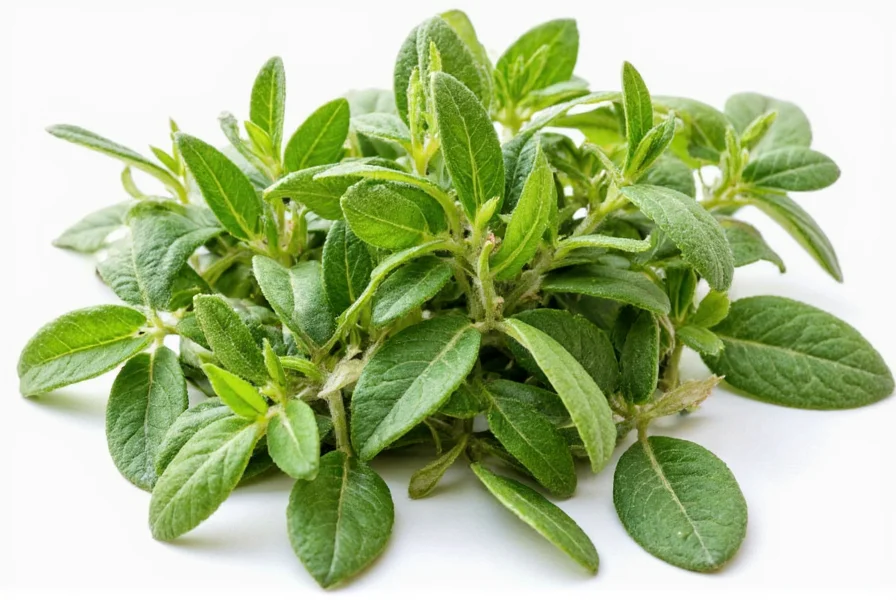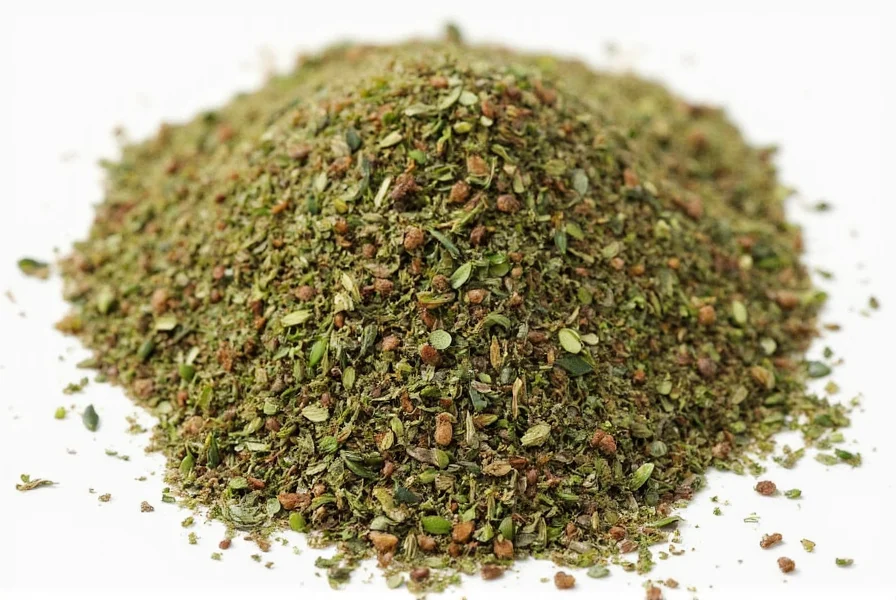Understanding what does oregano taste like requires examining both its basic flavor profile and how various factors influence its distinctive character. This versatile Mediterranean herb serves as a cornerstone in many global cuisines, particularly Italian and Greek cooking, where its unique taste enhances everything from tomato sauces to grilled meats.
The Core Flavor Profile of Oregano
Oregano's taste can be precisely described as having three dominant characteristics:
- Earthy and robust - providing a grounding base note
- Slightly bitter - adding complexity without overwhelming
- Warm peppery notes - creating a gentle heat sensation
Beyond these primary elements, oregano contains subtle secondary flavors that become apparent with careful tasting. Many discern a faint minty quality reminiscent of its botanical cousin marjoram, though oregano is significantly more assertive. Some varieties also exhibit citrus undertones or a delicate floral hint, particularly when fresh.

Fresh vs Dried Oregano: A Taste Comparison
One of the most frequently asked questions is what does dried oregano taste like compared to fresh. The drying process significantly transforms oregano's flavor profile:
| Characteristic | Fresh Oregano | Dried Oregano |
|---|---|---|
| Intensity | Milder, more delicate | 3-4 times more concentrated |
| Primary Notes | Grassy, slightly floral | Earthy, robust, pungent |
| Bitterness | Subtle | Pronounced |
| Best Used In | Garnishes, salads, finishing | Cooking, sauces, marinades |
When substituting between fresh and dried oregano, remember that one teaspoon of dried oregano equals approximately three teaspoons of fresh. This knowledge helps prevent overpowering your dishes when exploring how would you describe oregano taste in your cooking.
Regional Variations in Oregano Flavor
Not all oregano tastes identical. The specific variety and growing conditions create notable differences:
- Greek oregano - Considered the most flavorful, with intense earthiness and pronounced warmth
- Italian oregano - Slightly milder with more floral notes
- Spanish oregano - Features stronger camphor notes
- Mexican oredano - Actually a different plant (Lippia graveolens) with more citrus and less bitterness
These variations explain why someone might wonder what does oregano taste similar to when encountering different types. Greek oregano's intensity makes it ideal for tomato-based dishes where oregano taste in tomato sauce becomes beautifully integrated, while milder Italian varieties work better in delicate preparations.
How Cooking Affects Oregano's Flavor
The timing of oregano addition dramatically impacts its flavor contribution. When exploring oregano flavor in Italian cooking, note these critical principles:
- Added early in cooking - Dried oregano benefits from longer cooking times, allowing its essential oils to fully integrate (ideal for sauces, stews, braises)
- Added at the end - Fresh oregano retains more of its delicate top notes when added in the final minutes
- Raw applications - Fresh oregano shines in salads, vinaigrettes, and as a garnish where its grassier notes remain prominent
Understanding these techniques helps explain why does oregano taste so strong in some dishes but more subtle in others. The herb's volatile oils respond differently to heat exposure, creating varying flavor experiences.
Perfect Pairings: Maximizing Oregano's Flavor
To fully appreciate oregano taste characteristics, consider these classic flavor combinations that enhance its best qualities:
- Tomatoes - The acidity balances oregano's bitterness
- Garlic - Creates a foundational flavor duo in Mediterranean cuisine
- Lemon - Brightens oregano's earthiness
- Olive oil - Carries oregano's essential oils effectively
- Robust meats - Particularly lamb, which complements oregano's intensity
When experimenting with oregano, remember that less is often more. This herb's potency means that overuse can dominate a dish. Start with small amounts and adjust to taste, especially when working with dried oregano which has concentrated flavor compounds.
Common Misconceptions About Oregano's Taste
Many home cooks wonder does oregano taste like thyme or other herbs. While all Mediterranean herbs share some family characteristics, oregano stands apart:
- Thyme has more subtle, floral notes with less bitterness
- Marjoram (oregano's close relative) is sweeter and milder
- Basil offers sweet, peppery notes without earthiness
- Rosemary delivers stronger pine-like flavors
Understanding these distinctions helps explain why oregano remains irreplaceable in certain recipes where its specific flavor profile creates the authentic taste experience.

Practical Applications: Using Oregano Effectively
Now that you understand what does oregano taste like, here's how to use it effectively:
- In tomato sauces - Add dried oregano early to allow flavors to meld
- On grilled vegetables - Combine fresh oregano with olive oil and lemon
- In salad dressings - Use fresh oregano for brighter flavor
- With roasted potatoes - Toss with dried oregano before roasting
- In bread doughs - Incorporate dried oregano for savory focaccia
When substituting oregano in recipes, remember that no single herb perfectly replicates its complex profile. A combination of marjoram and a touch of thyme comes closest, but authentic Mediterranean dishes truly require genuine oregano for their characteristic flavor.











 浙公网安备
33010002000092号
浙公网安备
33010002000092号 浙B2-20120091-4
浙B2-20120091-4